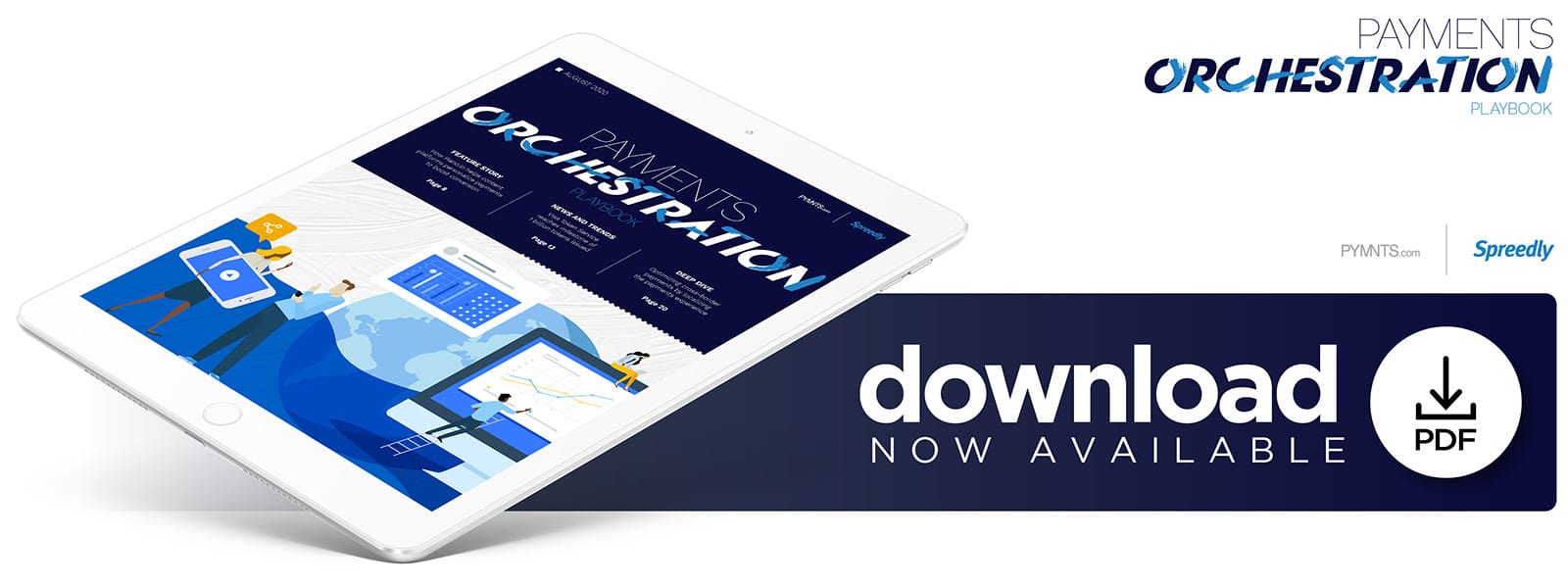Deep Dive: Offering Fast And Secure Localized Payments To Cross-Border Shoppers

Localized shopping and payment experiences are indispensable when selling to an international customer base. Enabling them, however, is often easier said than done. Merchants must navigate a range of operational complexities to localize payments, and the endeavor can be costly.
Funds transferred from one country to another are often sent across a network of corresponding banks, translated across different currencies and screened for anti-money laundering (AML) and know your customer (KYC) standards by every bank involved. Each step in this process accrues a transaction processing fee, which can quickly add up and make cross-border trade an expensive venture for small- to medium-sized businesses (SMBs). It is therefore common for SMBs to rely on payment service providers (PSPs) to manage the process for them.
Working with different PSPs to localize can also present a number of compliance and security challenges, however. Each transmission of payments data raises the risk of bad actors intercepting the data. Merchants thus face the challenge of striking a balance between meeting all the logistical requirements needed to support cross-border payments and keeping their customers’ data safe and secure. This month’s Deep Dive explores the numerous elements needed to support a localized payments experience and details how merchants can protect their transactions from bad actors.
Localize to Optimize
Payment localization, the process by which merchants make their international customers’ preferred payment methods available, is no easy feat. Enabling localized payments experiences requires complying with local AML/KYC regulations, translating into local languages, accounting for currency exchange rates and much more. The process usually begins with offering the right payment method.
This usually means that merchants must partner with PSPs that support local payment gateways. Consumers in the Southeast Asian market are likely to prefer paying with MOLPay, a multicurrency gateway popular in Malaysia, for example. Consumers in India are more likely to prefer paying with a Paytm wallet, while consumers in China tend to prefer paying via either Alipay or WeChat Pay. Merchants looking for a more global consumer base might even support all of them and more to cover consumer demands in other markets or to provide multiple payment options within the same market.
It is worth noting that a lack of use of multiple payment gateways that support localized payment experiences can not only result in an increased rate of false declines and cart abandonment. Merchants may also find themselves at risk of losing business if they rely on single payment gateways that malfunction for one reason or another.
Having so many gateway options also begs the question of which payment gateways are best for processing transactions — a determination merchants must consider more than their customers’ geographic locations. They must also weigh transaction success rates and currency exchange rates, which can both vary dramatically depending on which payment gateways are used and other extraneous factors.
Many merchants enlist help not only from payment gateways that are popular in the markets in which they hope to expand but also from PSPs that can help keep track of all these interchanging factors. The sheer volume of business relationships needed to maintain this complex system can quickly accumulate and become a significant development and maintenance burden if a payment orchestration layer that can simplify and streamline operations is not implemented.
Reducing Exposure With Tokenization
Security is yet another potential issue with working with many different service providers and this is something a payments orchestration layer can help solve. Consumers’ information is passed between several or many different PSPs and other firms that help support their operations when cross-border credit and debit card payments are processed. This creates many opportunities for consumers’ information to be intercepted, especially as AML/KYC regulations can vary dramatically between countries.
One notable tool that can help secure that information is tokenization, which enhances payment security by reducing the exposure of consumers’ personal payment information. It can replace customers’ 16-digit credit or debit card numbers with an encrypted token that acts as a decoy. The token facilitates the transfer of funds and masks the actual card details. The process means that card numbers are never shared with the merchants from which they purchase their items and can therefore not be intercepted by fraudsters and others who might be able to make a profit from stolen card information.
The need for tokenization has increased since the beginning of 2020 because digital payments make up a larger portion of all transactions than they did before the pandemic began and also because fraud instances have spiked as cybercriminals work to exploit the pandemic to their own advantage via COVID-19-themed phishing scams. These factors, among others, are accelerating market adoption of application programming interface (API)-driven tokenization services, and the global tokenization market is expected to grow at a compound annual growth rate (CAGR) of 22.5 percent between 2017 and 2025. It is then projected to be valued at approximately $4.27 billion, up from $685.78 million in 2016.
The security value of tokenization for offering localized payments is not lost on major card networks and eCommerce firms, either. eCommerce giant Amazon, for one, recently partnered up to tokenize the card credentials of its customers in 12 countries across North America, Latin America, the Middle East and Europe.
Tokenizing transactions through a payments orchestration layer can give businesses a strategic advantage. It can enable free and secure movement of payment information as needed without sacrificing the customer experience. It also helps mitigate the need for businesses to rely on third-party vendors to secure their transactions.
There is no global payment rail and no universal regulatory structure governing cross-border transactions. There is thus value in embracing payments orchestration in their absence to help navigate the maze-like international payments ecosystem.
